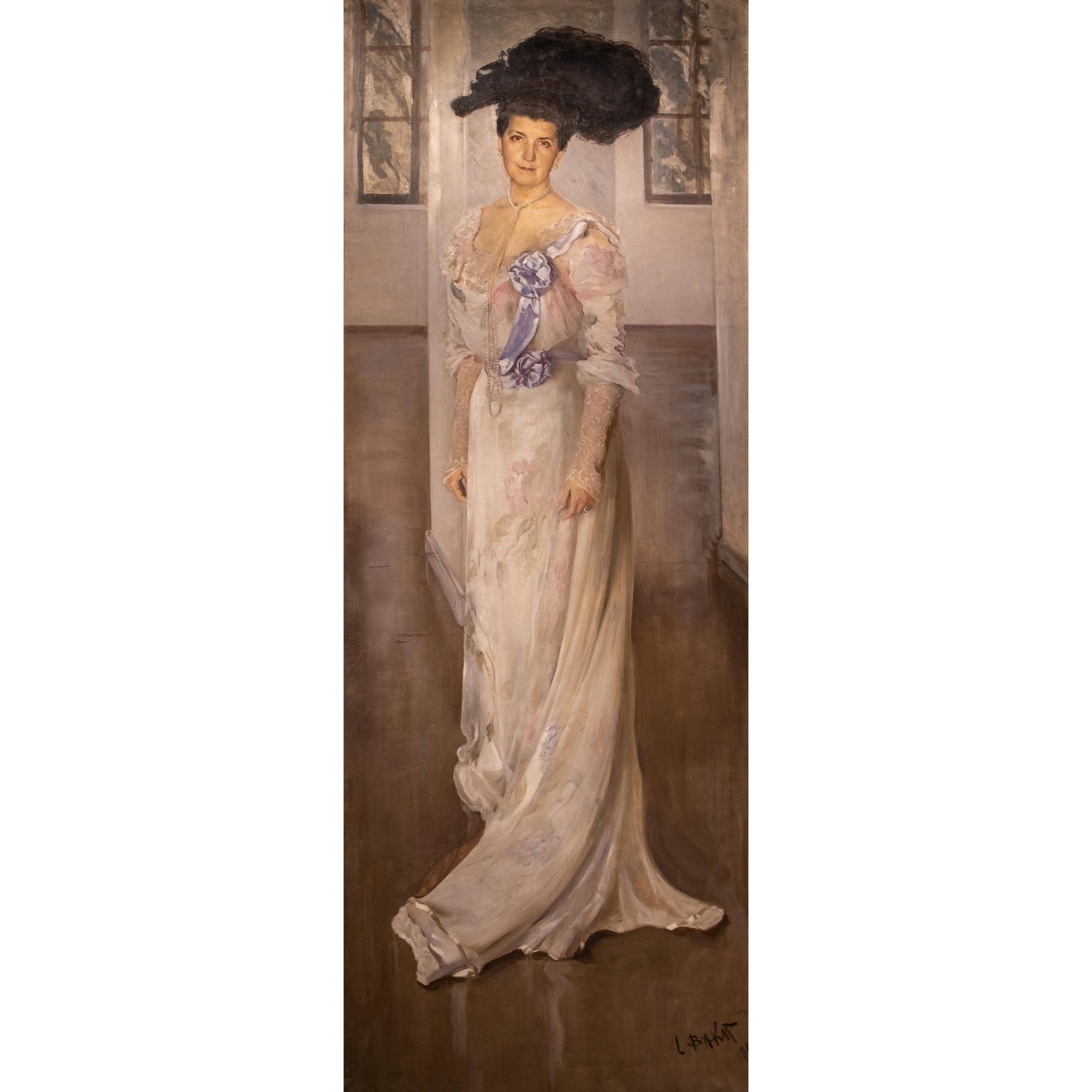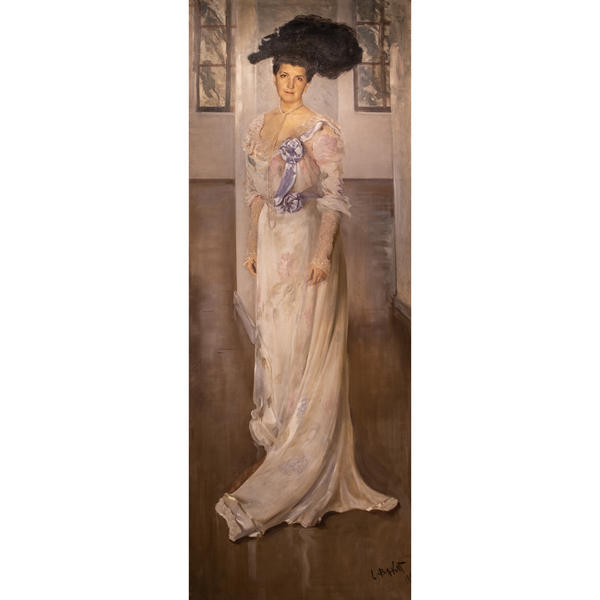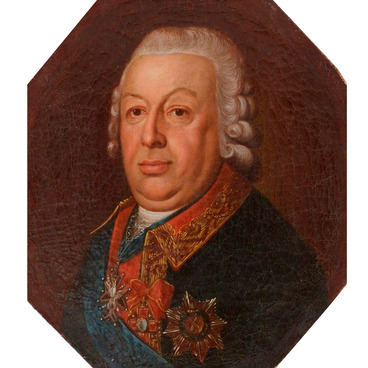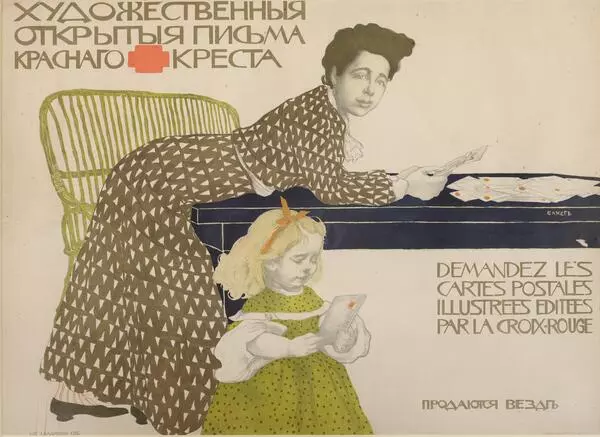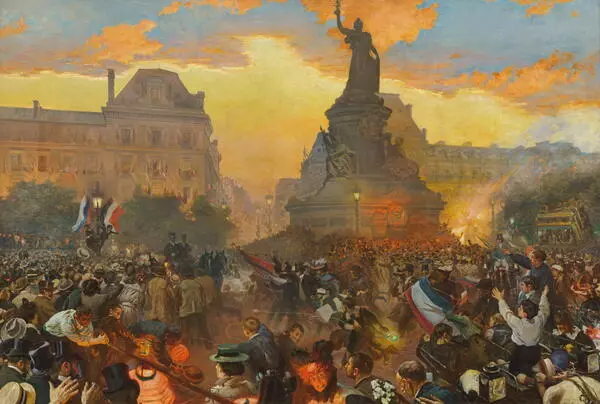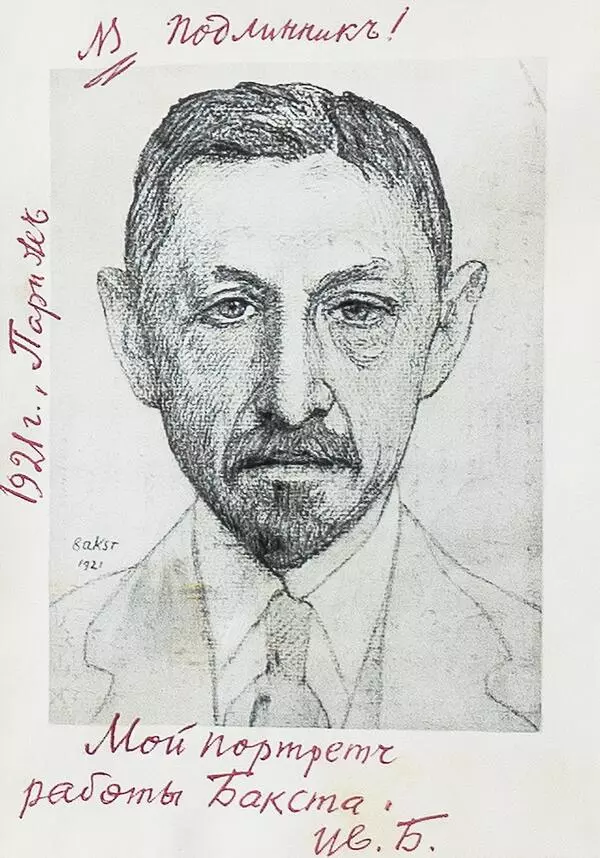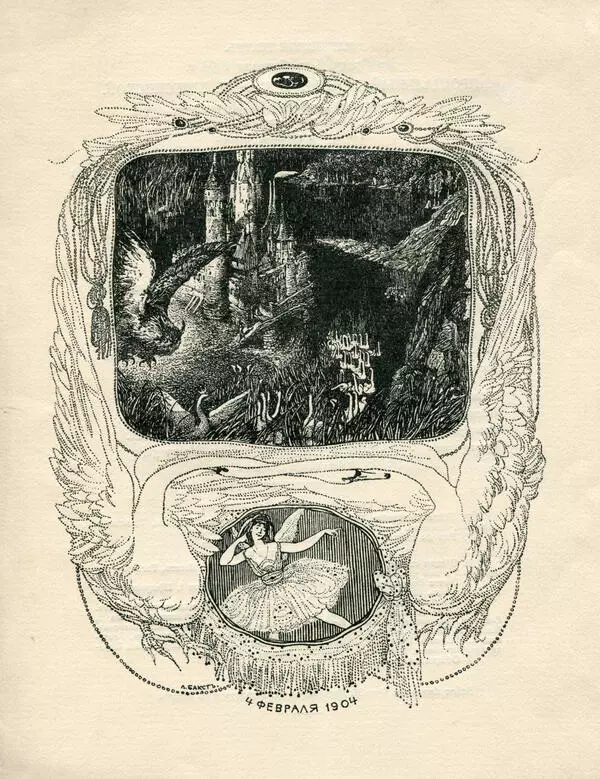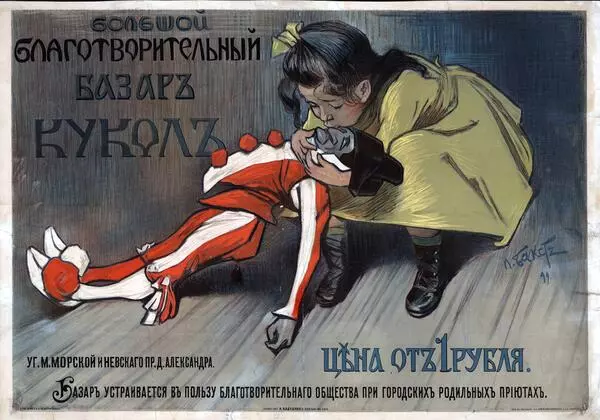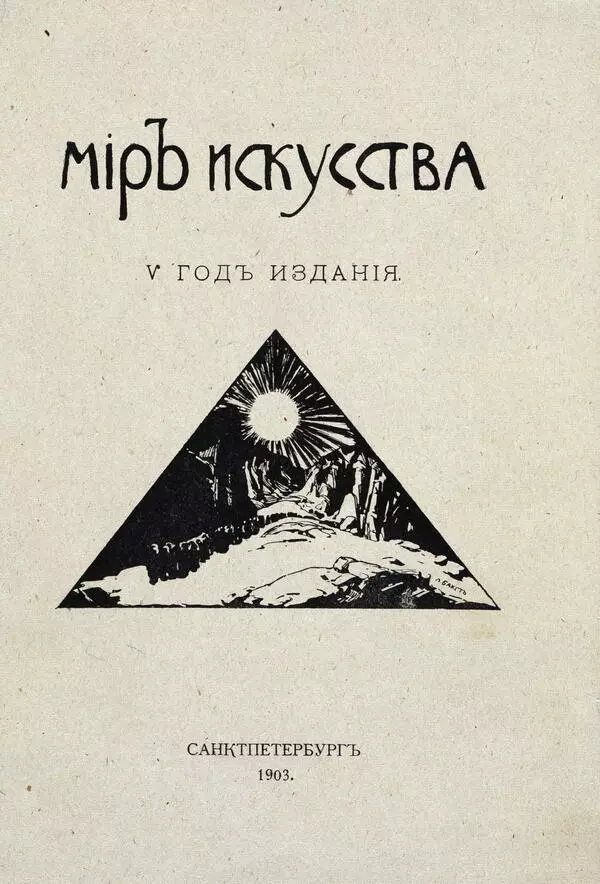Leon Bakst (Lev Rosenberg) is best known as a theater artist. The scenery and the costumes’ sketches he created became a success factor of the famous Russian Seasons in Paris. The details of the costumes, their patterns, colors, were elaborated by the artist in the most careful way. Famous critic Mstislav Dobuzhinsky wrote that “exquisite and capricious Paris itself recognized and 'crowned' him” and Andrei Levinson added “Paris is truly drunk with Bakst”. Based on his sketches, costumes were created for the artists of the Imperial Theaters: Tamara Karsavina’s, Bronislava Nijinska’s, Vera Fokina’s and others. Bakst worked with the Ida Rubinstein’s theater troupe, which performed in an innovative genre.
The artist also succeeded in the portrait genre. He created portraits of many famous literary figures and artworkers: Sergei Diaghilev, Isaac Levitan, Zinaida Gippius, Jeanne Cocteau, Andrei Bely and others.
“Portrait of Countess M.A. Keller” is the gem of Zaraysk Kremlin collection. Maria Alexandrovna Keller (1861-1941) was the maid of honor of Alexandra Feodorovna, the last Russian Empress. She came from the princely lineage of the Shakhovskys and owned the Sennitsa estate in the Zaraysk district. The portrait came to Zaraysk Kremlin from this estate. The Countess' husband, Lieutenant General Fyodor Eduardovich Keller, a participant in the Russian-Turkish and Russian-Japanese wars, died in the Far East, commanding a battle against Japanese troops. After her husband’s death and the revolutionary events of 1917, Maria Keller left her homeland, finding refuge in France.
The portrait was created in 1902, when the countess was still living in Russia. Her posture shows her noble blood. The entire image of the Countess, from the choice of outfit to accessories, is an excellent example of Belle Époque fashion (literally from French - ‘The Era of Beauty’). A fitted dress, a hat and even a hairstyle - all according to the latest Parisian fashion. As a costume designer, Bakst pays special attention to every detail of the model’s outfit and draws out in the smallest detail the pattern of the dress’ lace sleeves, every pearl on the elegant jewelry, the ring and the countess’s earrings.
The artist also succeeded in the portrait genre. He created portraits of many famous literary figures and artworkers: Sergei Diaghilev, Isaac Levitan, Zinaida Gippius, Jeanne Cocteau, Andrei Bely and others.
“Portrait of Countess M.A. Keller” is the gem of Zaraysk Kremlin collection. Maria Alexandrovna Keller (1861-1941) was the maid of honor of Alexandra Feodorovna, the last Russian Empress. She came from the princely lineage of the Shakhovskys and owned the Sennitsa estate in the Zaraysk district. The portrait came to Zaraysk Kremlin from this estate. The Countess' husband, Lieutenant General Fyodor Eduardovich Keller, a participant in the Russian-Turkish and Russian-Japanese wars, died in the Far East, commanding a battle against Japanese troops. After her husband’s death and the revolutionary events of 1917, Maria Keller left her homeland, finding refuge in France.
The portrait was created in 1902, when the countess was still living in Russia. Her posture shows her noble blood. The entire image of the Countess, from the choice of outfit to accessories, is an excellent example of Belle Époque fashion (literally from French - ‘The Era of Beauty’). A fitted dress, a hat and even a hairstyle - all according to the latest Parisian fashion. As a costume designer, Bakst pays special attention to every detail of the model’s outfit and draws out in the smallest detail the pattern of the dress’ lace sleeves, every pearl on the elegant jewelry, the ring and the countess’s earrings.
